In the cold season, the amount of light in apartments and other rooms where indoor flowers grow is significantly reduced, which affects the full development of plants. Seasoned flower growers recognize the importance of good lighting, so they prefer to use additional light sources. A special lamp for indoor flowers is an excellent solution to this problem, because some plants need to be illuminated not only in winter, but also in autumn.
Content
When you need a lamp for indoor flowers
Beginners, learning about the possibility of installing additional lighting, often highlight flowers around the clock. As a result, plants begin to weaken and fade. The fact is that they also need darkness, since vital processes take place in plants at night.
Photophilous varieties
Photophilous plants should be given special attention, because they most need full lighting. Such varieties include those specimens that naturally grow in open areas, in steppes and deserts: amaryllis, Kalanchoe, abutilon, azalea. This group also includes hibiscus, ficus and eucalyptus, because in the wild they live in the upper tier of tropical forests.

Variegated varieties also require good lighting, which helps the foliage to maintain brightness and attractiveness. Some of the variegated flowers grow well in the shade, so it is important to know exactly the variety of the pet and its preferences.
How to determine the need for additional lighting
The lack of sunlight will necessarily affect the appearance of the plant: growth and development slows down, leaves or the entire aerial part are deformed.
It is easy to determine the lack of light on the foliage:
- petioles of the leaves will begin to bend in search of a source of light and significantly extend;
- after deformation of the petioles, the curvature of the stem sets in;
- foliage will begin to fall, and young leaves will form far from each other;
- the sheet plate takes a curved shape, often with curled edges;
- foliage loses its brightness and color saturation, and the pattern fades in variegated varieties;
- foliage at the base will begin to fade.

If the cold season is the flowering period of a houseplant, then the lack of light can be determined by the colors.
Flowering plants signal the problem as follows:
- in the flowering phase, a very small number of inflorescences are formed, and it is possible that flowering will not occur at all;
- if the problem is not resolved in time, the formed buds may fall;
- if flowering has occurred, then the flowers will be small and faded.
As you know, chlorophyll absorbs water and carbon dioxide from the environment and, under the influence of ultraviolet rays, processes them into glucose and oxygen, which the plant so needs.Phytolamps are able to replace the sun's rays, so their use will favorably affect the photosynthesis process.
Types of lamps for indoor plants
As additional lighting, you can use a wide variety of types of phytolamps, each of which has its own advantages and is distinguished by efficiency. Before buying, you should decide what colors, and in what quantity, additional illumination is needed.
Energy saving
Energy-saving lamps are a kind of fluorescent phytolamps. Their distinctive feature is compact dimensions and a longer period of work, which is about 15,000 hours. Housekeepers have a built-in choke and a practical “lamp” base e27.
Despite all the advantages, experienced flower growers prefer to use linear fluorescent lamps. This is due to the fact that housekeepers have low light output. Their tightly twisted glass tube creates a self-darkening effect.
Neodymium
Neodymium lamp refers to incandescent lamps. According to gardeners, this is not the best choice, because the light intensity of this device is low and it is very hot. In its spectrum, a large number of red rays are formed, which do not affect the plant in the best way. A neodymium device is able to provide good brightness with a small amount of emitted light. This is explained by the presence of a special glass, in the manufacture of which neodymium is added.
Incandescent lamps are often used to heat greenhouse plants. When using a neodymium lamp, the following disadvantages should be remembered:
- it is very hot, which often leads to burns of the aerial part;
- there is no blue color in the spectrum of the device;
- the device has a relatively low radiation return.
In addition, the use of such a device is very expensive, because it has a large consumption of electric energy.
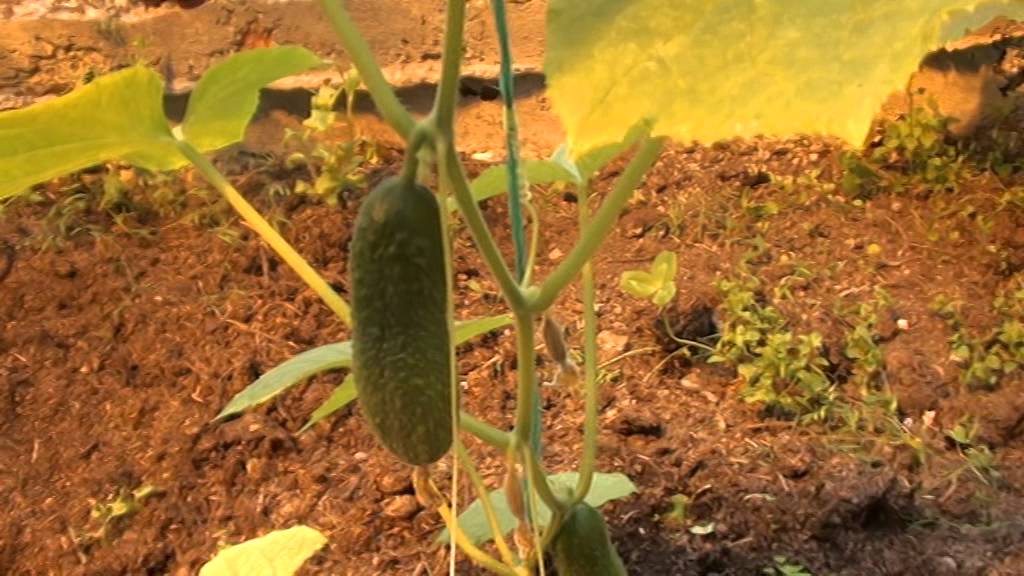 You may be interested in:
You may be interested in:Fluorescent
Luminescent phytolamps are considered the most suitable for lighting domestic plants, because they are closer to daylight. These devices are much more economical than incandescent lamps. Balsams and senpolia, which are highlighted with such lamps, delight with their flowering all winter. The advantages of the device also include a high radiation return with minimal heating, which greatly reduces the risk of burns of the deciduous part.
Depending on the number of illuminated plants, you can choose the most suitable option:
- lamps up to 70 W are suitable for periodic illumination and are characterized by a low radiation spectrum;
- 35 to 50 W luminescent luminaires can be used for both full and periodic replacement of daylight. Such devices differ in the optimal spectrum of radiation;
- compact devices with a power of 20 watts or more are designed only for partial backlighting.
Of the minuses of a fluorescent lamp, it is worth highlighting the high cost and the need to connect ballast.
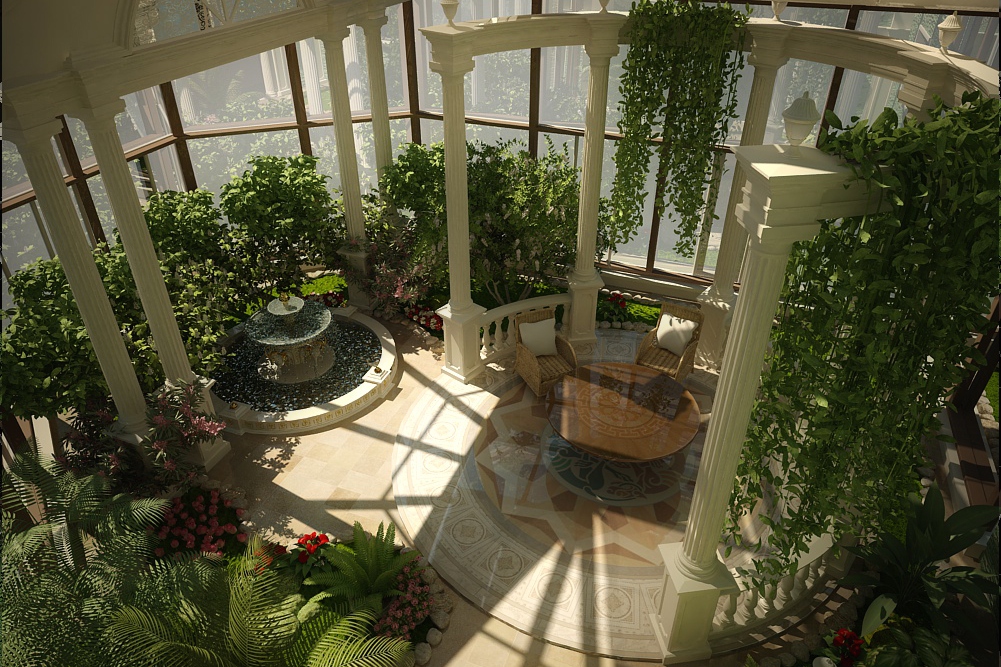 You may be interested in:
You may be interested in:Sodium
Sodium phyto-lamps are classified as gas-discharge devices. They are used mainly for filling up a large number of pots. In their spectrum, red rays predominate, which positively affect the development of roots.
Florists are advised to alternate backlighting with metal halide and mercury lamps to normalize the light balance.
Metal halide
The use of metal-halide light sources favorably affects flowering plants, because the predominance of red in the spectrum contributes to better budding.These devices are characterized by balanced radiation, good power and a long period of work. The main disadvantage of the device is its rather high cost.
Induction
The principle of operation of an induction phytolamp is similar to a luminescent one, but their design is significantly different. There are no electrodes inside the induction device, which allows it to work much longer (the service life is about 60 thousand hours). By the end of its service life, the light intensity is reduced by only 5%.
Such a lamp is not afraid of sudden surges in the network voltage, in addition, during operation it does not flicker. During operation, the bulb slightly heats up, which allows you to place the phyto-lamp at a small distance from the flowerpot. Like fluorescent induction lamps are quite close to sunlight, so they can be used without combination with other types of phytolamps.
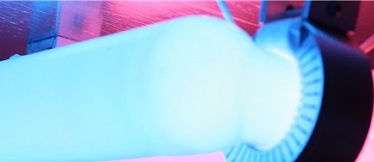
LED
LED lamps, consuming a minimum of electrical energy, produce powerful radiation. Selecting the spectral composition is quite simple by setting the required number of red and blue diodes. Duration of work is 50 thousand hours.
Installation Recommendations
Depending on the type, the lamp is placed at a distance of 25-50 cm from the plants. It should be located above the foliage, because lateral lighting will provoke deformation of the shoots.
Number of lamps
Most colors have enough illumination of about 8,000 lux (lux). For example, you can take an induction lamp at 60 watts, which creates a light flux of 4800 lumens (lumens). If the lamp is installed at a distance of 30 cm from the plants, then the luminous flux will decrease by 1.3 times, which means that the plants will receive the following amount of light: 4800 / 1.3 = 3692 lumens. Provided that the area of the box with plants is 1 m2, the required amount of lighting is: 8000 lux × 1.0 m2 = 8000 lm.
So, the 60 W lamp, installed 30 cm from the flowers, creates lighting with a power of 3692 lm. You can calculate the required number of devices: 8000/3692 = 2.16. It is necessary to round to an integer, which means that two phytolamps are obtained. Manufacturers often designate a lighting area in m2, which greatly simplifies the choice of a luminaire.
Power
The lamp power is selected based on the following parameters: the distance between the plant and the device, the presence of a light reflector and the type of plant (partial shade, bright or moderate lighting). For moderate illumination of 1 m2 of plants, an incandescent lamp with a power of 400 W or 5500 lm is needed. This means that on the surface 1 m long and 0.5 m wide, the required amount of lighting is 2750 lm.
Energy efficiency
Energy efficiency is an indicator that reports how much light a lamp emits from each watt of electrical energy. On this indicator, you can determine the cost-effectiveness of using phytolamps.
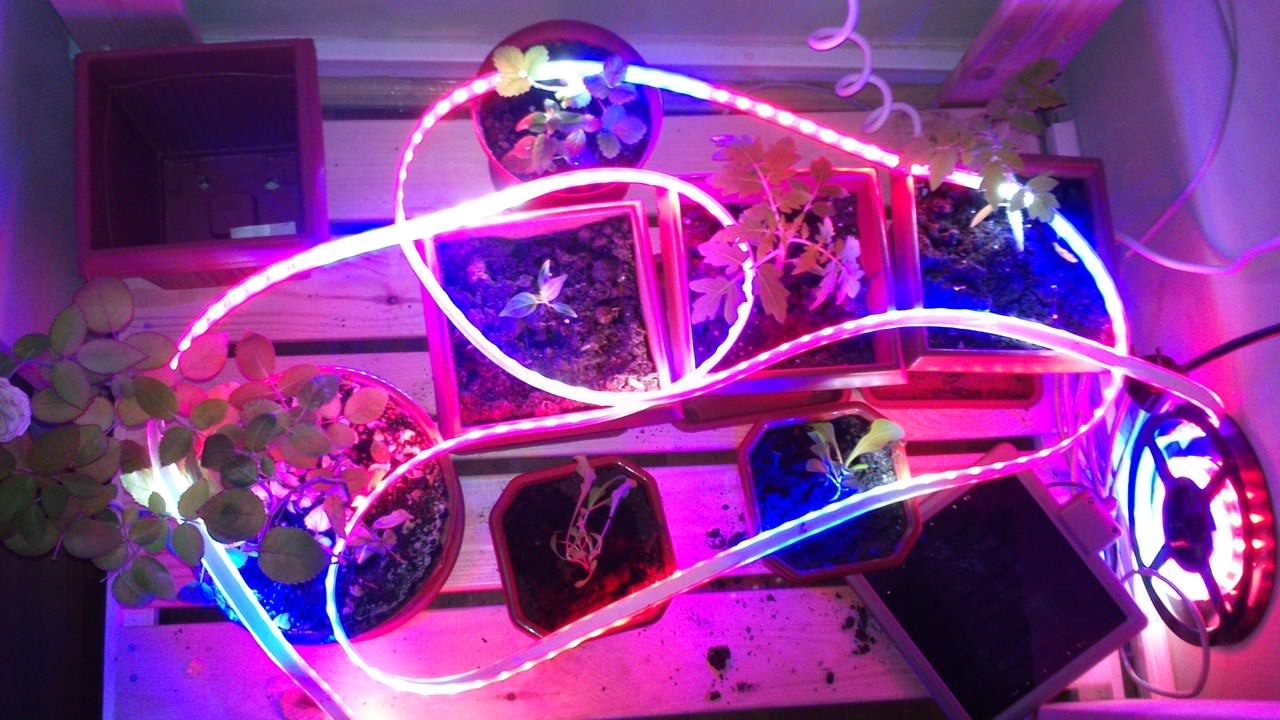
The most suitable for highlighting colors are LED and fluorescent devices. They are the most economical in operation, do not heat up (which eliminates the possibility of burns), stimulate flowering and full-fledged flower growth.
Life time
Modern LED devices have a long service life - up to 100,000 hours. For comparison, you should familiarize yourself with the duration of work and other devices:
- sodium - from 12,000 to 20,000 hours;
- metal halide - from 6,000 to 10,000 hours;
- luminescent - from 10,000 to 15,000 hours;
- induction - up to 60,000 hours
DIY flower lamp making
At home, you can make a phyto-lamp yourself. Such a device will cost much cheaper than purchased in a store. The easiest way to assemble an LED lamp is by selecting the LEDs for power and color. To construct the simplest model, it is necessary to select elements with a power of 3 watts in the following proportion:
- one green;
- one white;
- four blue with a wavelength of 445 nm;
- ten red with a wavelength of 660 nm.
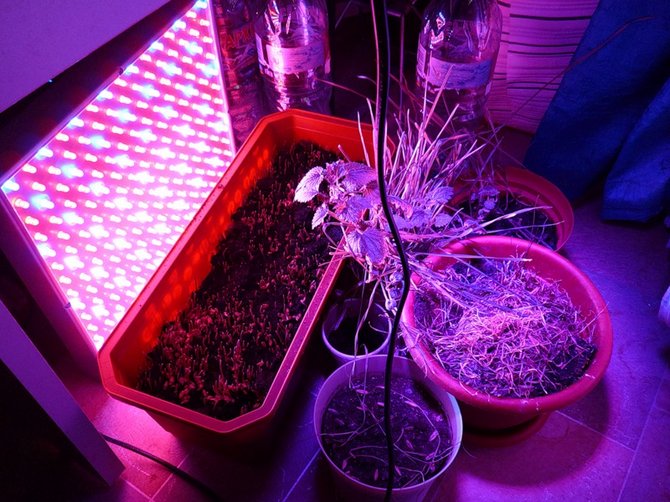
LEDs are attached using thermal paste to a radiator plate with aluminum. After mounting, they are soldered and connected in series with wiring, after which they are connected to the driver, which will be suitable for the current strength. And on the back of the radiator a fan is attached (you can use a fan from the computer system unit).
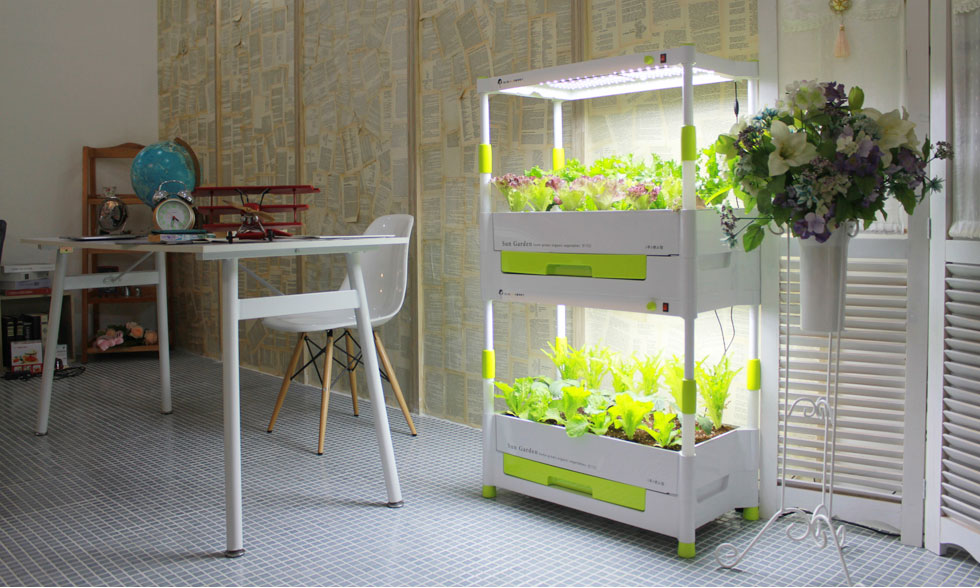 You may be interested in:
You may be interested in:Common questions
In the cold season, some plants are in urgent need of additional lighting, so gardeners should think about purchasing a suitable phyto-lamp. And if you wish, you can independently create a source of additional illumination for indoor flowers.

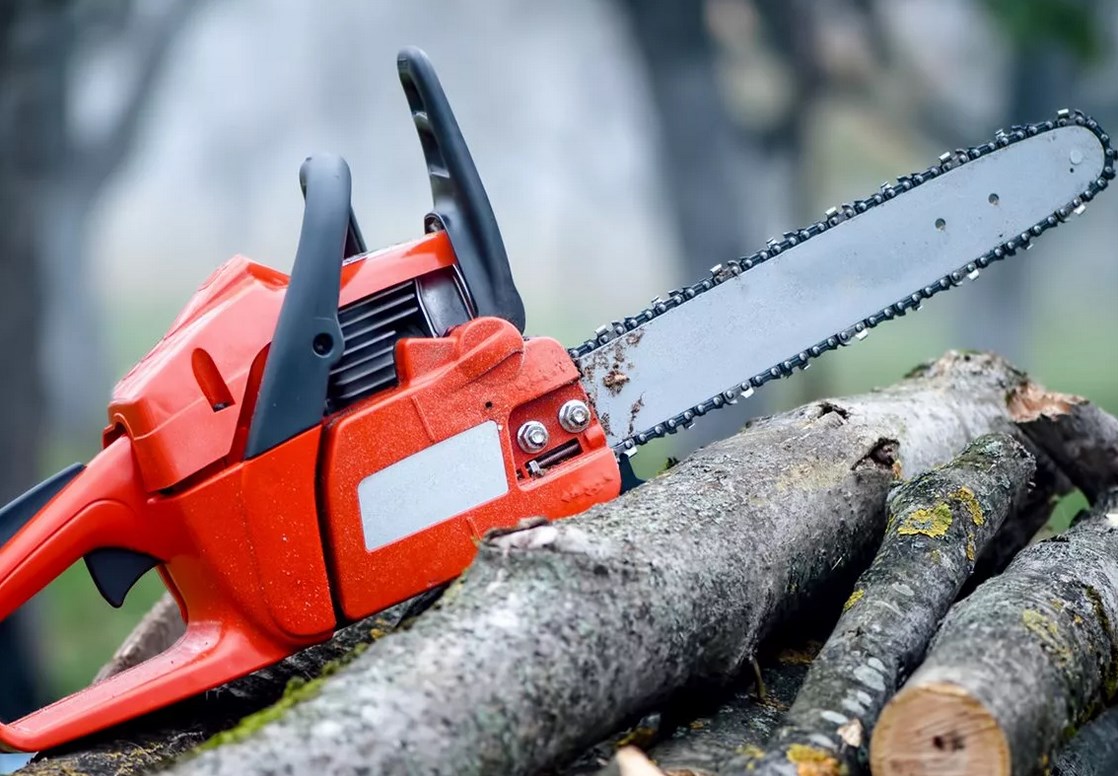
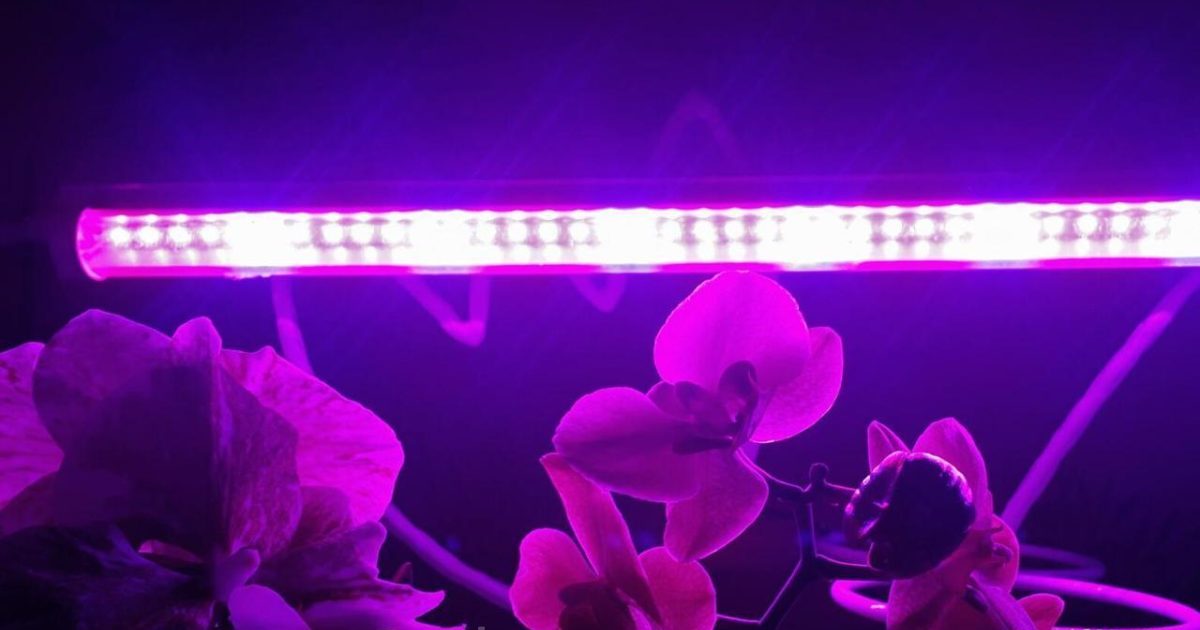
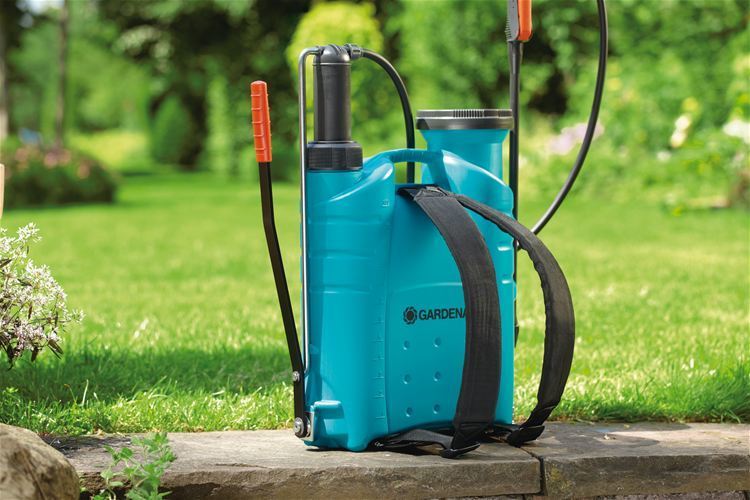
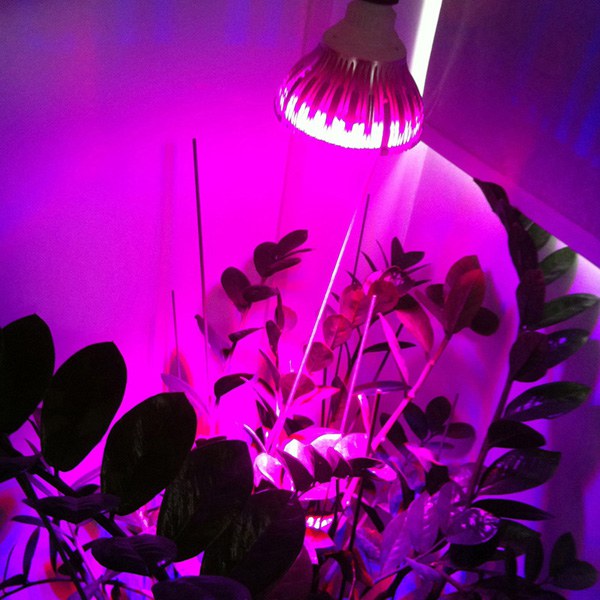
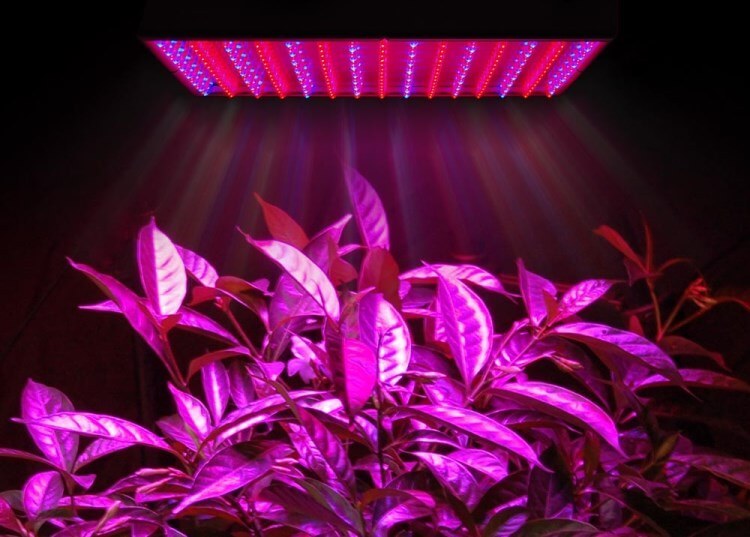
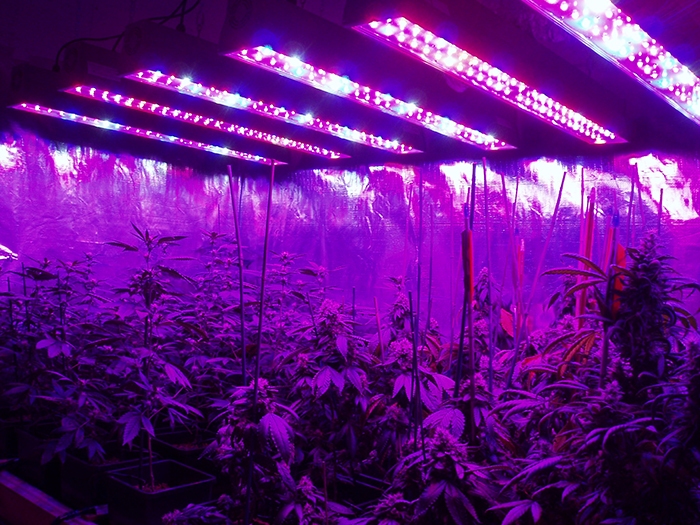
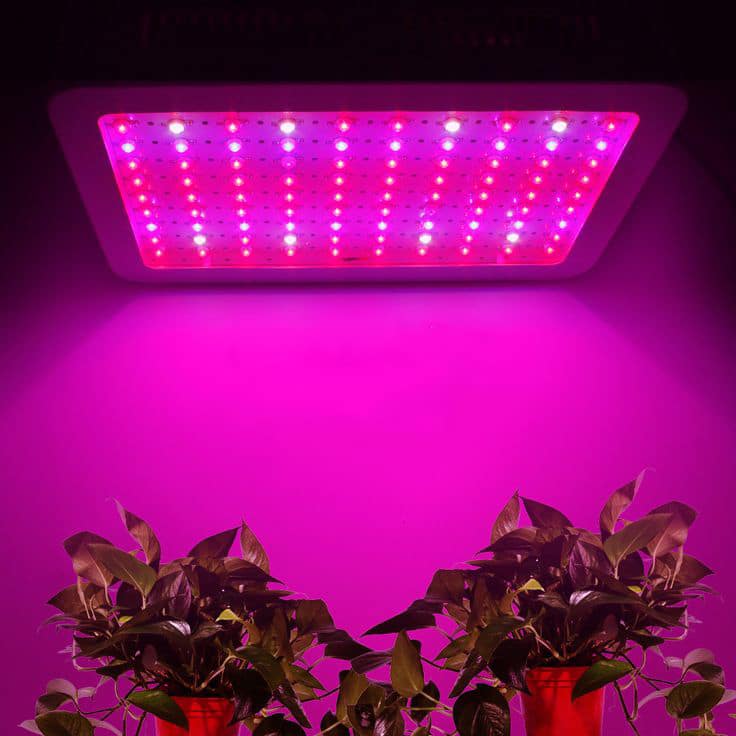
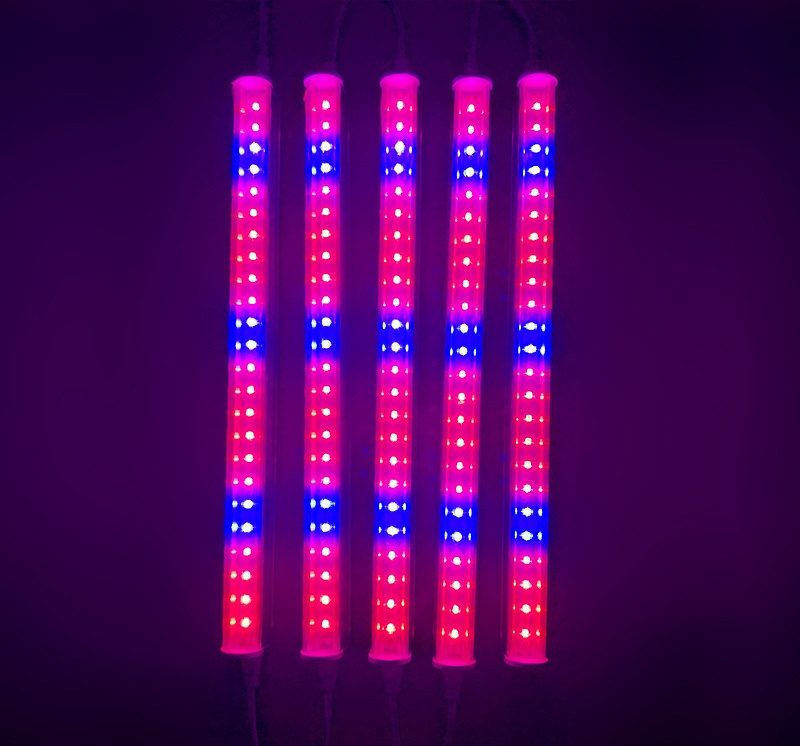

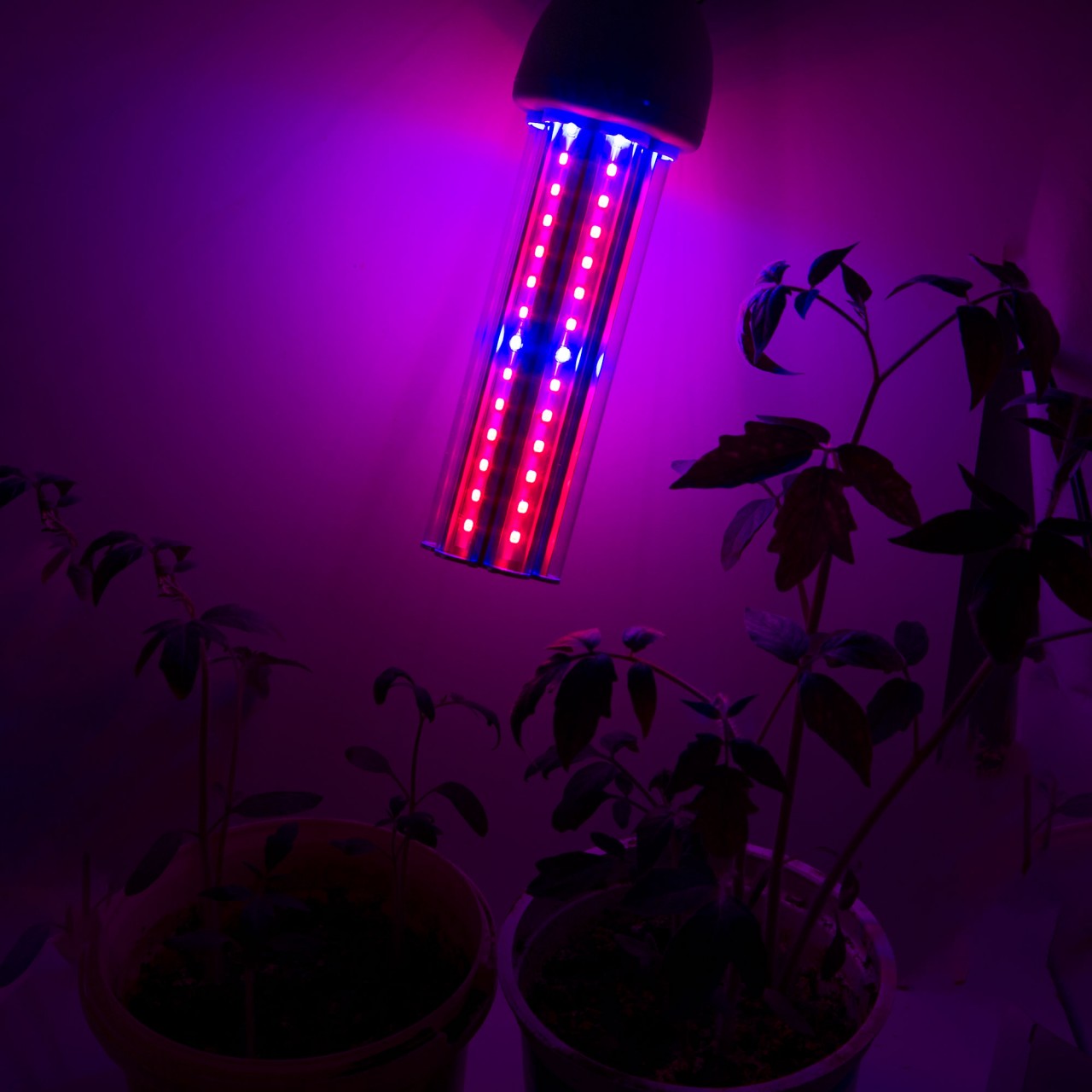
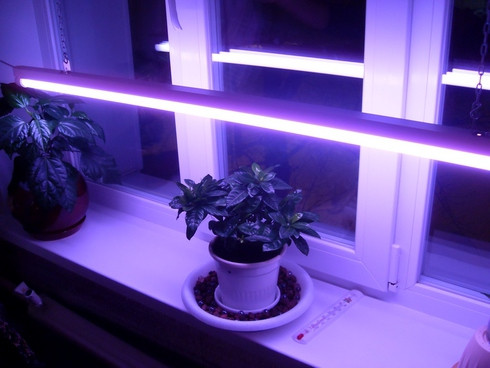
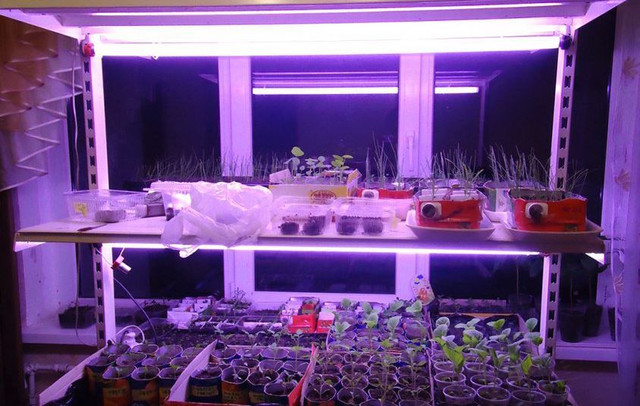
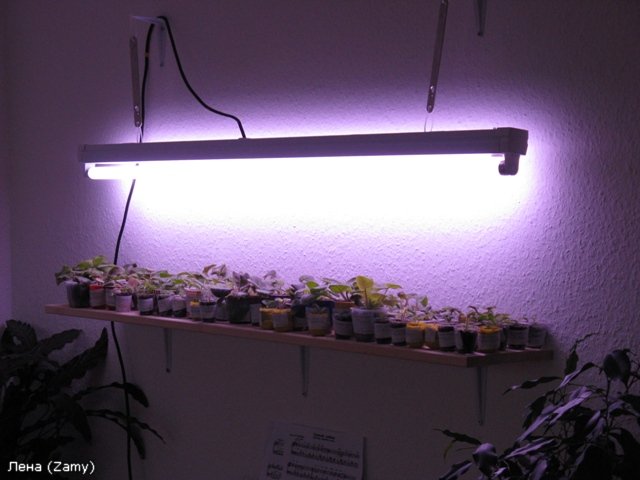
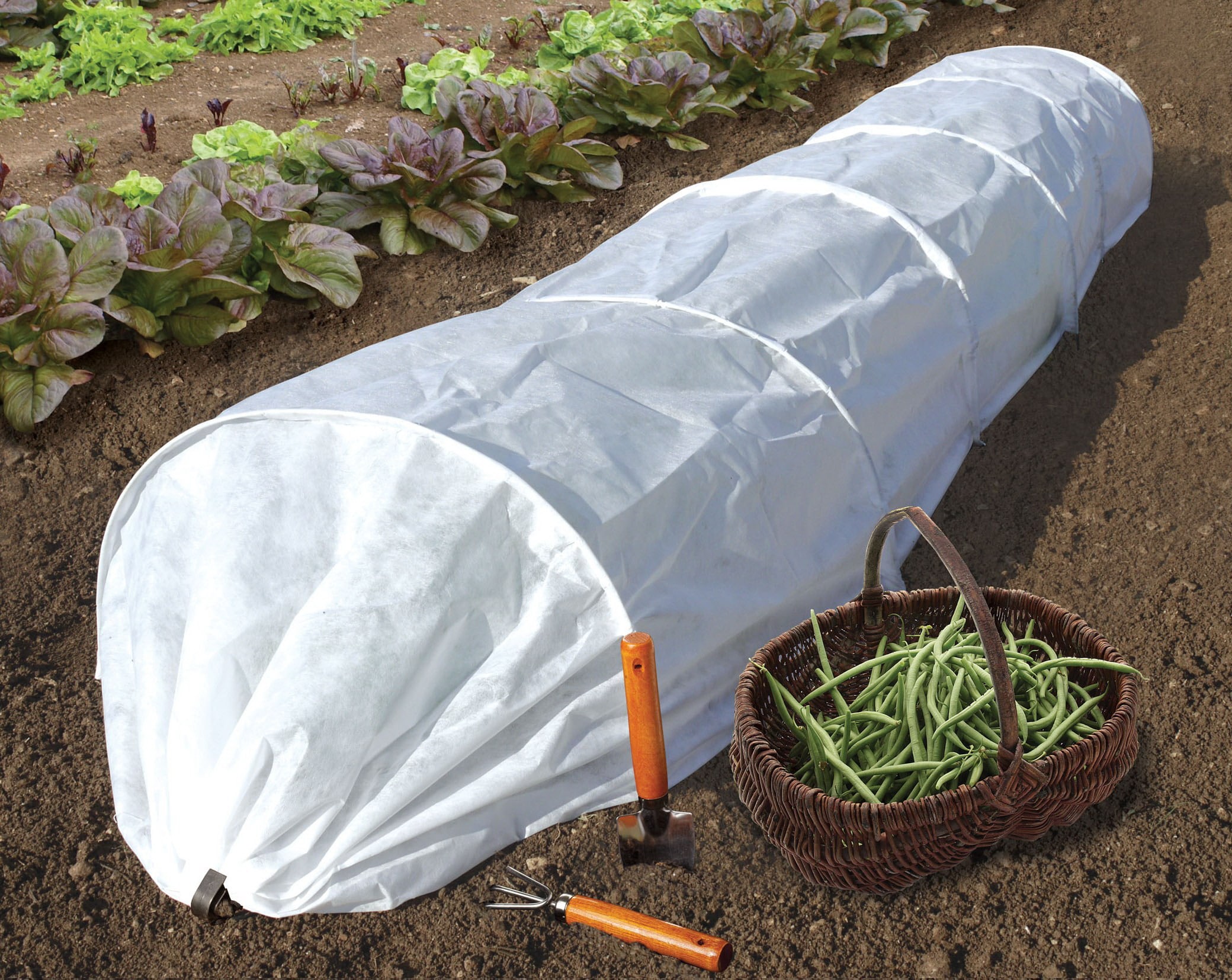 Cover material for plant care: features of use
Cover material for plant care: features of use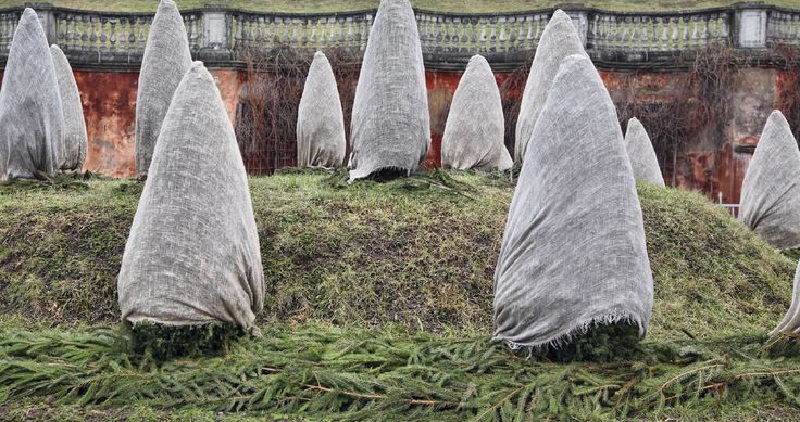 Types of winter covering material for plants
Types of winter covering material for plants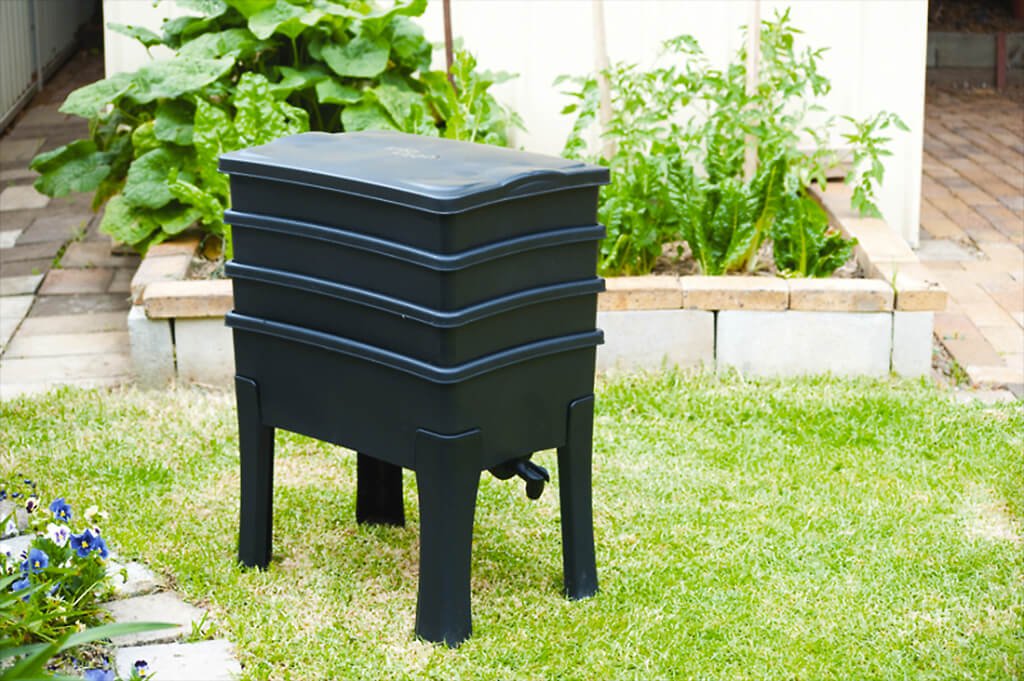 Farm for the extraction of vermicompost
Farm for the extraction of vermicompost What covering material to choose for a greenhouse?
What covering material to choose for a greenhouse?